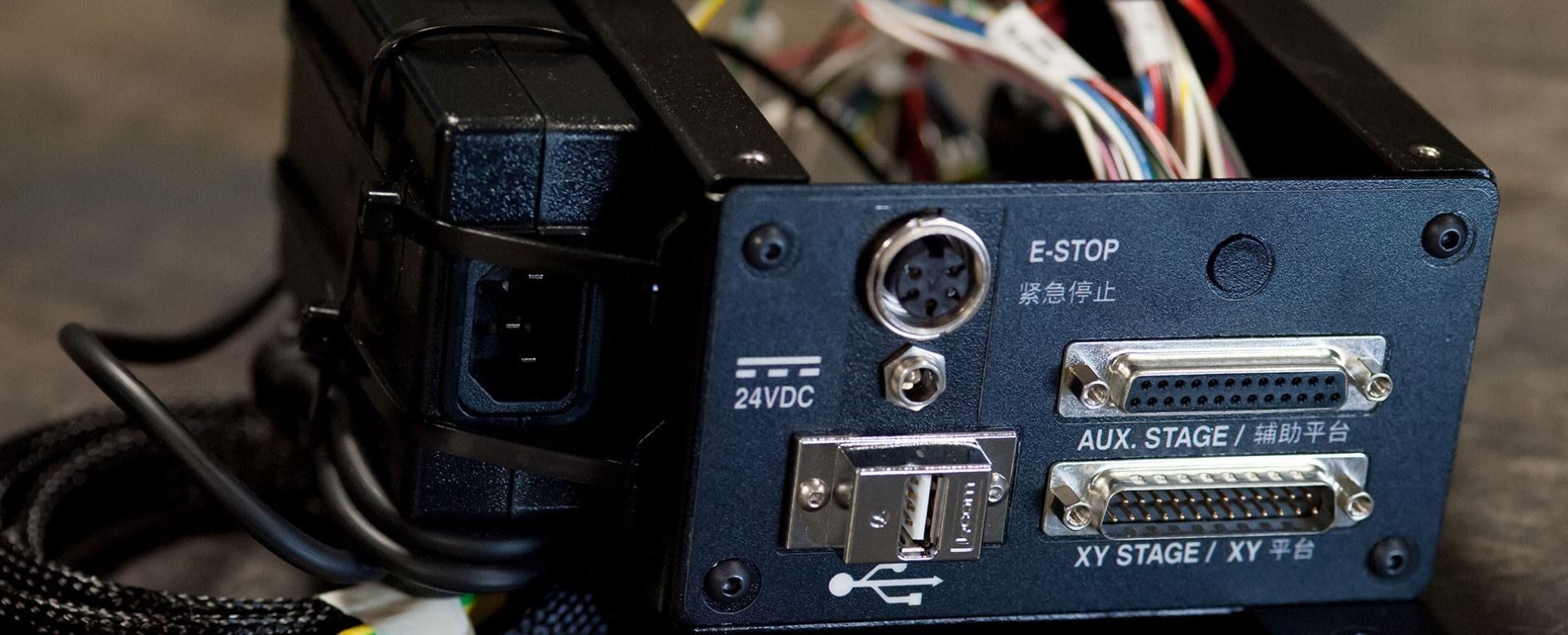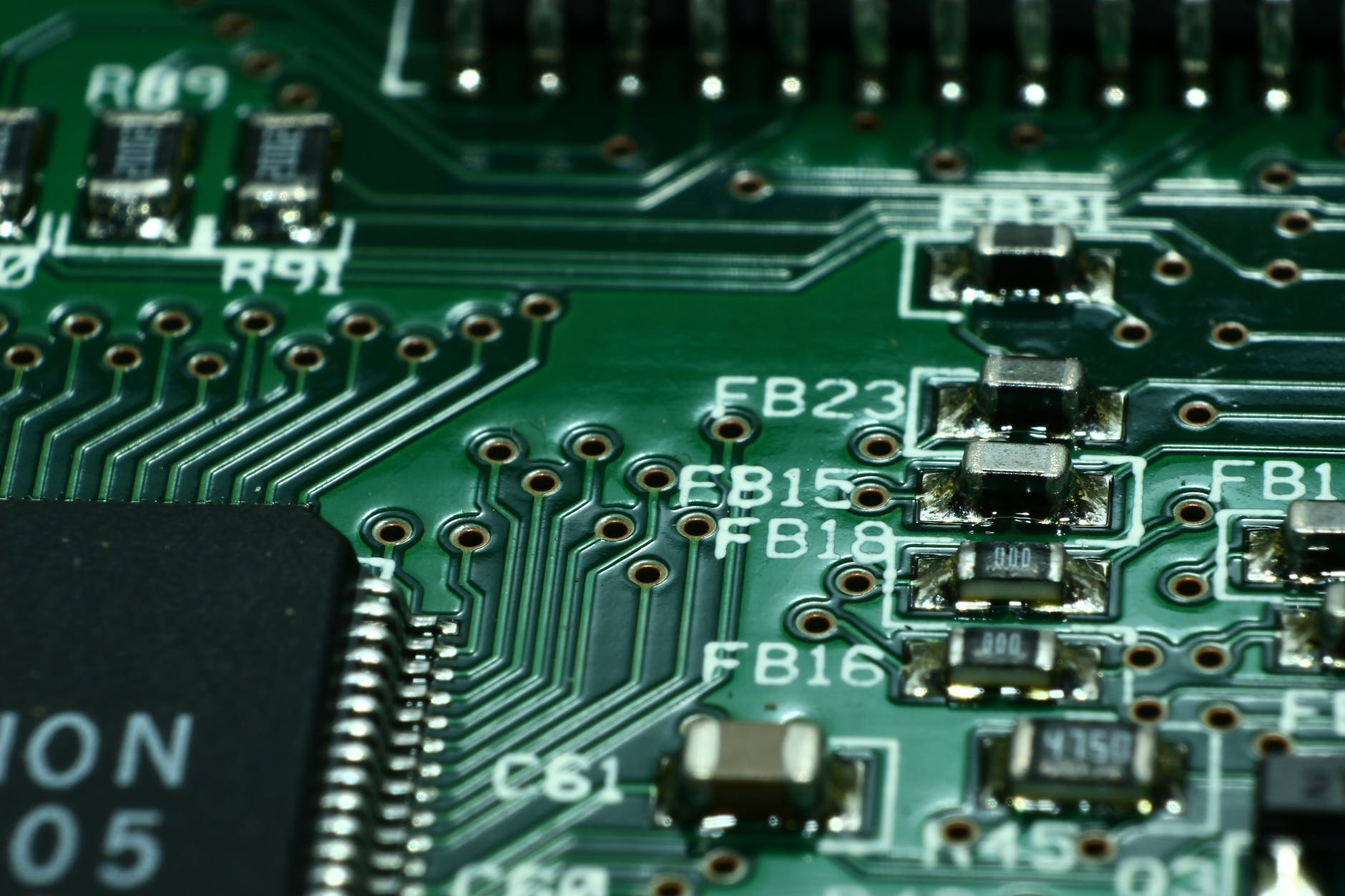What exactly is an OBD scanner?
What an OBD scanner is and why it's important when a car is having problems will be covered in this blog. We'll also examine the advancements made so far in OBD technology and how it has changed over time.
If you're a passionate engineer, you might be interested in automotive electronics. You have probably come across terms like ECU (Electronic control unit), ABS (anti-lock braking system), and ACS (Adaptive cruise control) if you are interested in the automotive industry and embedded cars.
Onboard diagnostics, or OBD as it is shortened, is another key phrase used there. We utilize the OBD method to diagnose problems with automobile systems (such as those in cars and trucks), and we use an OBD scanner to identify a system malfunction using the OBD method.
Describe the OBD
OBD is the acronym for onboard diagnosis. OBD is a feature that aids in keeping track of problems and performance in the vehicle's engine, gearbox, and other subsystems. Onboard diagnostics, or OBD for short, is the process of scanning a vehicle using an onboard computer.
The computer/Embedded system gathers data from the vehicle's sensors, which the system can use to control the vehicle's systems or notify the driver of issues. The OBD system can then be plugged into by a technician to collect vehicle data and identify the issue.
What is the purpose of using an OBD scanner?
The OBD scanner, which we already know how to use, analyses issues with automobile cars. You won't be able to identify the true nature of your car's issue without them. This tool is frequently used by mechanics to identify automotive issues.
How does the OBD System operate?
To provide a comprehensive monitoring system with standardized access, a basic OBD system consists of a central system, indications, a network of sensors, and a connecting port. It is made up of the following elements:
ECU: The Electronic Control Unit, or ECU, is the main component of the OBD system. The purpose of the ECU is to gather data from various sensors located throughout the vehicle. The ECU uses this information to either regulate the vehicle's components, like the fuel injectors, or to keep an eye out for problems.
Sensors: In vehicles, every component—from the engine and chassis to the electronic system itself—is covered by a network of sensors. Each of these systems transmits codes to the ECU that detail the signal's source and other details. This signal is then read, monitored, and displayed by the ECU.
DTC: The ECU saves information as a code known as a Diagnostic Trouble Code, or DTC, whenever a sensor transmits data that is outside of the expected range. In essence, the DTC code is a list of letters and numbers that describe the type of issue.
MIL: The ECU sends a signal to the dashboard of the vehicle to turn on the appropriate indicator lights when it receives a DTC code. The Malfunction Indicator Lights, or MILs, are lights that serve as an early warning system for vehicle defects.
In general, a light that comes on and stays lit indicates a minor issue. When the light flashes, a major issue is present.
DLC: can use the Diagnostic Link Connector, or DLC, to access all the data and DTC gathered by the ECU. The DLC, which can be found elsewhere in commercial vehicles, is the point of access for vehicles with OBD systems and is frequently found underneath the dashboard on the driver's side of the vehicle.
The OBDII system in modern vehicles is designed to be universal, allowing any scan tool with a type 2 cable to connect to the type 2 connector.
What is the OBD Scanner's Mechanism?
The status of the vehicle's subsystems can be checked by the technician using onboard diagnostics systems. Knowing the state of the vehicle is important for both the car manufacturer and the car owner.
You must plug in the OBD scanners, which are often found on the bottom of the dashboard directly next to the driver's side door, to obtain the vehicle's subsystem data. You will be able to read a sequence of numbers that reflect frequent concerns once you plug the scanner in and turn it on.
The list of codes in your Owner's Manual will correspond to the codes you read on the OBD scanner. Note your findings after copying the codes and comparing them with the instructions. You will have a thorough understanding of the problem. can solve the most typical problem on your own. For such products, a mechanic is not necessary.
What information does the OBD Scanner provide?
OBD-II provides a standardized method to obtain several types of data, such as:
- RPM, speed, pedal position, spark advance, airflow rate, coolant temperature, etc. are real-time parameters.
- "Check Engine" light status
- Status of emission readiness
- DTCs are diagnostic problem codes.
- Mileage logged with MIL on the vehicle identification number (VIN)
- Freeze frame: a "snapshot" of the parameters taken right after a problem occurs.
- Results of an oxygen sensor test
- Numerous cycles of igniting
Can an OBD Scanner be used to diagnose the entire vehicle?
You can only read the automobile problems with an OBD scanner. You cannot fully diagnose it. Only some automobile brands can be diagnosed with an OBD reader because each car brand has a unique plug. The car has an OBD2 plug if it has a petrol engine and was manufactured in Europe in 2001 or later, as was previously specified. OBD2 became mandatory for diesel vehicles in 2004.
Conclusion
The OBD scanner is the tool used to scan the data collected from the internal sensor and actuator from the car, it can be inferred from the foregoing.
Many people install the OBD scanning system in their automobile after realizing how important it is. The only precaution you need to take while performing these tasks alone is to make sure you are wearing the appropriate protective gear, such as gloves and goggles, to protect yourself from any unforeseen or unpredictable circumstances.









